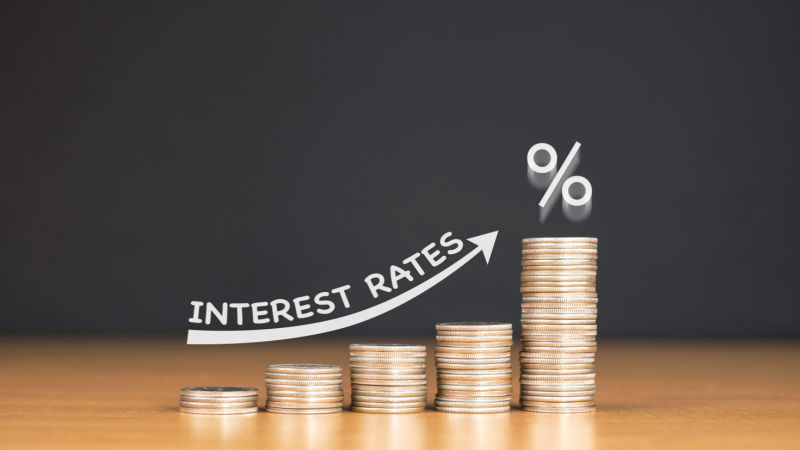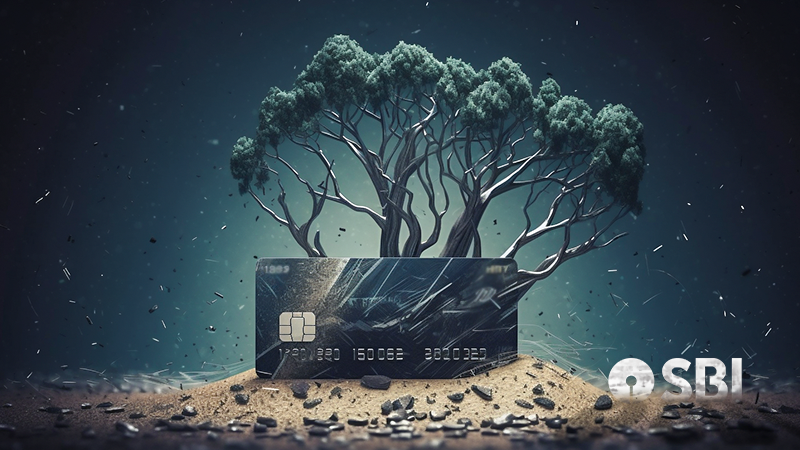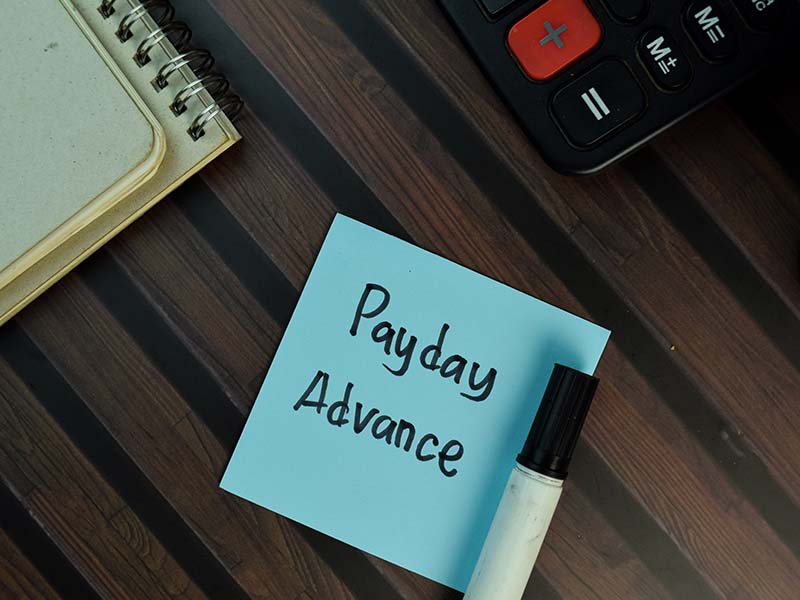
We have often received emails and messages stating that we are pre-qualified for some personal loan or business loan at affordable rates. Even when you go to a lender for a loan, chances are that the interest rate offered to you would be different from the interest rate offered even to your wife. So how do lenders determine the applicable interest rate for one person and why does it vary from person to person? Discussed hereunder are the factors that are considered in determining the interest rates for any loan.
Read More: What is a credit score? Importance of a good credit score in your financial history
Common factors that determine interest rate on the loan
Some of the common factors that are reviewed by every lender for calculating the applicable interest rate on any loan are highlighted here.
- Credit report and credit score of the applicant
When a person applies for a loan, the first step taken by the lender is to pull out their credit report and their credit scores. These credit scores of a person are the estimate of their creditworthiness and are calculated based on many factors like the amount of previous credit taken, repayment history of such credit, credit card history, income level, etc. If the credit score of a person is 750 or more, they have a higher credit score and can get any loan at a reasonable interest rate. On the other hand, if the credit score of a person is poor, they will get a loan at a higher rate even if they show enough funds to repay the loan.
- Age of the applicant
The borrower’s age is another factor that is considered in determining the interest rate. A younger person with sound repayment capacity tends to get a loan at a lower interest rate. Similarly, a person who is closer to retirement age will get a loan at a higher interest rate.
- Financial profile
The financial profile of the person includes ascertaining their income level, their already existing financial obligations, a rough estimate of their monthly expenses, etc. These parameters help in understanding the repayment capacity of the person. Therefore, a person with a higher income and less or no existing loan commitments will get a loan at a lower rate as compared to a person who already has a loan and is seeking another.
- Employment status
Lenders prefer borrowers who have stable and regular employment over applicants who have seasonal or uncertain ones. The stability in employment status assures the viability of the loan and hence, a lower interest rate as compared to a person who may not have one. Self-employed persons having stable and regular business income can also get loans at affordable rates but the interest rates may be slightly higher than that offered to salaried persons.
- Type of loan and loan size
There are multiple loan products offered by lenders today which includes personal loan, home loan, business loan, vehicle loan, education loan, etc. Each loan product is designed to meet specific requirements and therefore, the broad interest rate range for each of these loan products is different. Also, the amount of loan sought by the borrower also contributes to the final interest rate offered by the lender. Home loans are typically big-ticket loans but they are considered less risky as compared to a personal loan and therefore the latter has a higher interest rate as compared to a typical home loan.
- Association with the lender
Most banks offer concessions in the interest rate if the borrower already has an association with the bank. Such association can bring the form of having a basic savings account of an FD or already having another loan with the bank (applicant already having a home loan with the bank seeking a vehicle loan). Therefore, applicants often consider applying for a loan with their home bank as it may chop off about an extra 1% from their interest cost which is also a reasonable amount when considered in totality.
- Downpayment (if any)
Many loans like home loans or vehicle loans require the borrower to make a downpayment which is a portion of the cost of the asset (usually between 10% to 25%). Borrowers also have the option of giving a higher down payment than the minimum required as per the lender. If the borrower chooses this option and provides a higher downpayment, it reduces the overall loan amount and ultimately the interest rate as well.
The interest rates also depend on whether the loan is a secured loan or an unsecured loan. An unsecured loan has a higher risk for the lender which is compensated by a higher interest rate whereas, in the case of a secured loan, lenders have the option to reduce their loss by liquidating the collateral therefore, the interest rate on such loans is slightly lower.
- Tenure
The tenure of the loan is another important factor in determining the interest rates. The interest rates for long-term loan like home loans is lower as compared to the interest rate on short-term loans like personal loans, credit card loans, etc.
- Co-borrowers (if any)
Most big-ticket loans like home loans provide an option for the applicants to apply for a loan jointly with their spouse or another family member. In such cases, the credit score of the co-borrower also impacts the final interest rate offered on the loan.
- Current economic status
The interest rate on loans is also impacted by macroeconomic factors like inflation, recession, etc. When inflation is high the central banks usually increase their lending rates and the same is tricked down to the interest rates for retail loans. On the other hand, in a growing or recovering economy, at the time of an economic boom, the interest rates tend to be lower to increase consumer borrowings.
Conclusion
When a person considers taking a loan, the interest cost is one of the prime factors that is considered and also often a deciding factor between available options. Some of the other factors that affect interest rates include the gender of the applicant (women get slight concessions in home loans), geographic and demographic factors, lenders’ policies, etc.
FAQs
A person can find their credit score in the credit report issued by credit rating agencies.
If a borrower has defaulted in repaying a previous loan, such default is reflected on the credit report for a period of 7 years from the default. This impacts future borrowing capabilities and the interest cost for such borrowers for future loans will always be higher.
Yes, if the borrower meets the necessary parameters set by the lender they can avail of more than one loan at a time. However, the interest cost in the second loan will be slightly higher as the risk assumed by the lender increases.
Pre-qualified loans do not always necessarily offer optimum interest rates. It is always better to consider all the available options and select one that offers the most affordable interest rate on a loan.

























